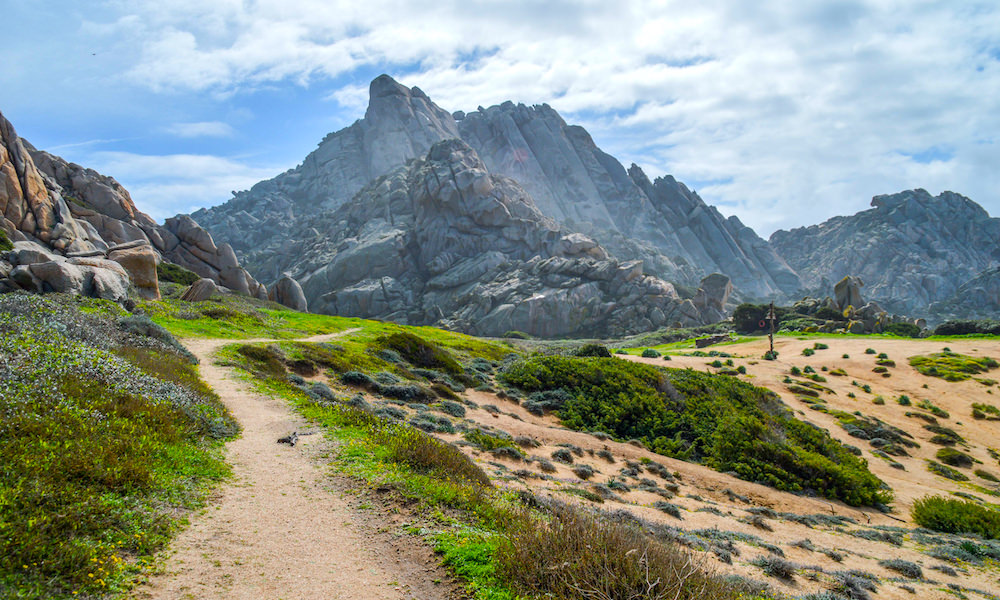
Gallura is a northeast Sardinia region bordered by the Tyrrhenian Sea to the north and east, the Olbia-Tempio region to the south, and the Logudoro region to the west.
The region is known for its stunning landscapes, including granite mountains, rugged coastlines, and pristine beaches. It is also home to several charming cities and towns, such as Olbia, Isola Maddalena, and Palau.
Gallura Cuisine
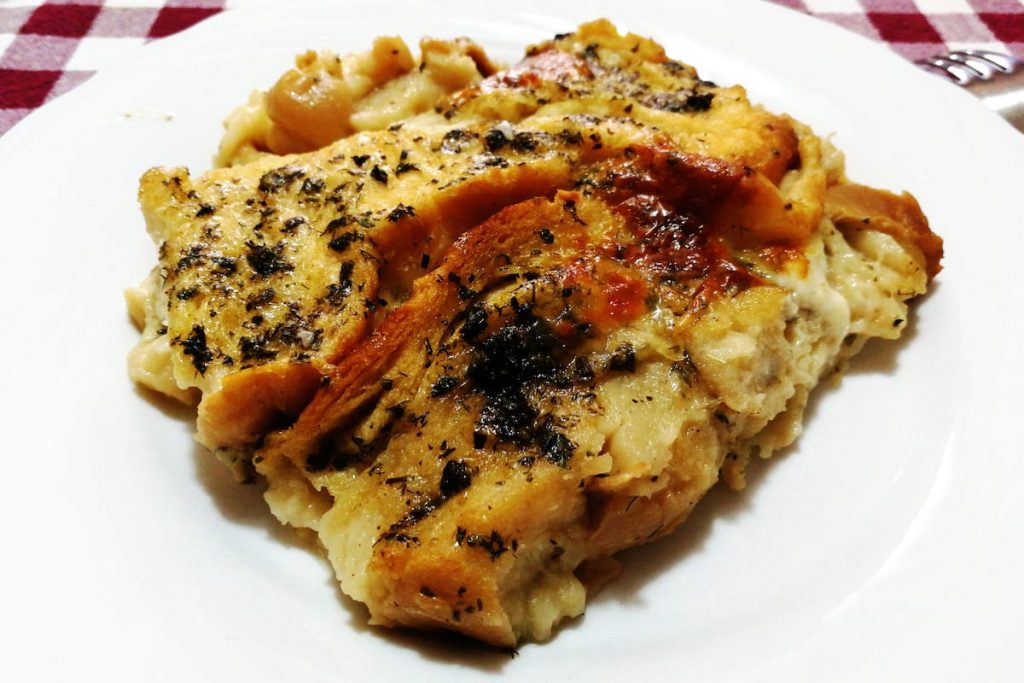
Gallura is famous for its traditional cuisine, which features many locally grown and produced ingredients. One of the region’s most famous dishes is zuppa gallurese, a hearty soup made with bread, cheese, and broth. Another popular dish is agnello alla gallurese, a slow-roasted lamb dish seasoned with herbs and spices. Gallura is also known for its cheeses, such as pecorino sardo and casizolu, and its honey, which is produced in the region’s lush forests.
Gallura Wine
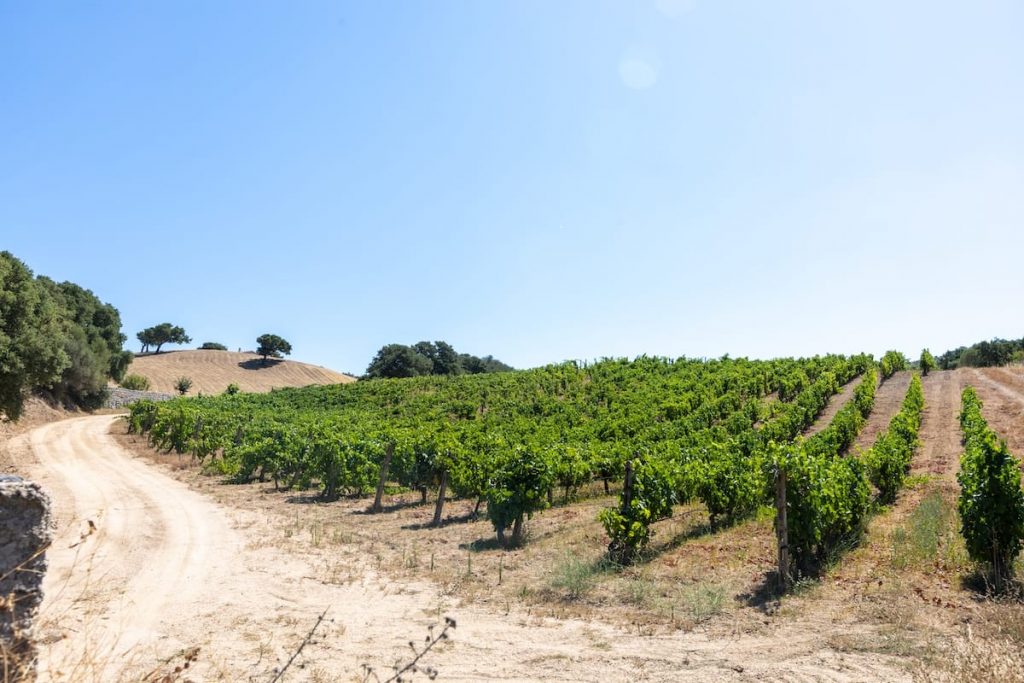
Gallura is also a notable wine region, with several locally produced wines that are renowned for their unique flavors and aromas. One of the most famous wines from Gallura is Vermentino di Gallura, a crisp, dry white wine made from the Vermentino grape. Another notable wine is Cannonau di Sardegna, a full-bodied red wine made from the Cannonau grape.
Overall, Gallura is a fascinating region of Sardinia that offers a unique blend of natural beauty, cultural heritage, and culinary traditions. Whether you are interested in exploring its rugged mountains and coastline, sampling its delicious local cuisine, or sipping on its world-class wines, Gallura has something for everyone!
Gallura Economy
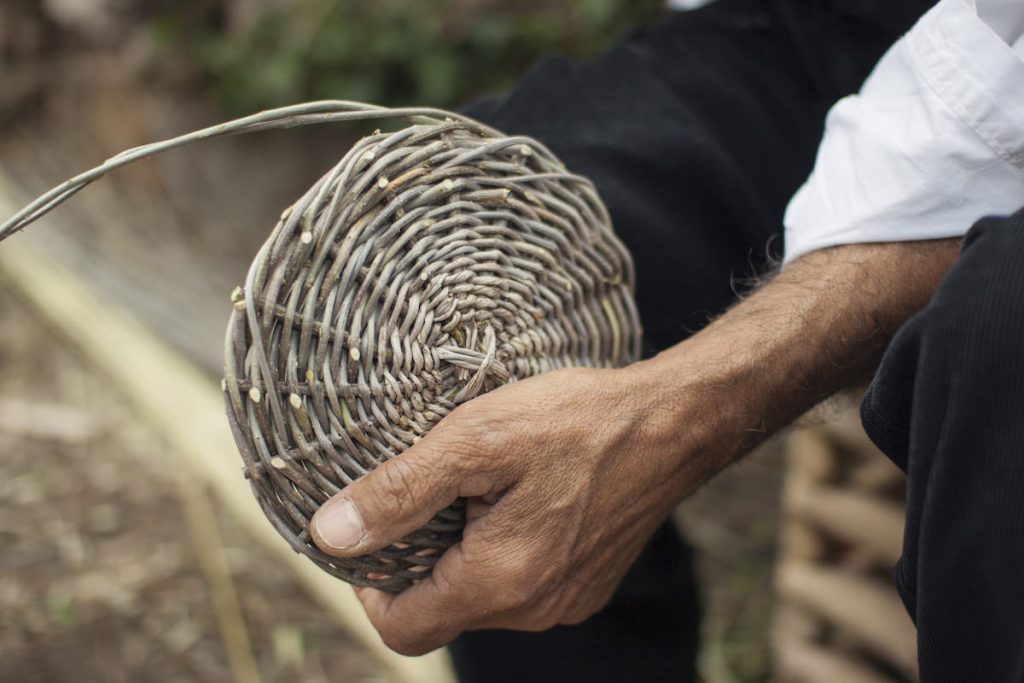
Overall, the economy of the Gallura region is diverse and dynamic, with a range of industries supporting its growth and development.
One of the main industries in the area is tourism, which is supported by the region’s stunning natural beauty, rich cultural heritage, and well-preserved historic sites. Tourists flock to the area to enjoy its beautiful beaches, explore its charming towns and villages, and sample its delicious cuisine.
Another important sector of the Gallura economy is agriculture. The region is home to a variety of crops, including olives, grapes, and citrus fruits, which are grown in the fertile soil and mild climate of the area. These crops are used to produce high-quality olive oil, wine, and other gourmet products that are highly valued around the world.
The Gallura region is also known for its thriving artisanal crafts industry, with skilled artisans producing handmade goods such as ceramics, textiles, and jewelry. These products are highly sought-after by collectors and tourists alike and contribute to the region’s vibrant cultural scene.
Finally, the Gallura region has a growing service industry, including restaurants (traditional Sardinian, pizzerias, seafood, fine dining), hotels, and retail shops. These businesses provide employment opportunities for residents and help support the region’s economy.
Outside the Gallura region, the mining industry in Sardinia was a major economic driver for the island during the 20th century. However, as the industry declined, it had a significant impact on the region’s economy and the island’s communities.
The mining industry was most active in the southwestern part of Sardinia, particularly in the provinces of Carbonia-Iglesias and Medio Campidano. This region is known as the Sulcis-Iglesiente and was home to many of the island’s largest mines, including the Monteponi mine and the Ingurtosu mine.
The decline of the mining industry in can be attributed to changes in global demand for minerals and metals, rising production costs, and environmental concerns. In the 1960s and 1970s, many of the island’s mines began to close as a result of these pressures.
Religious Events
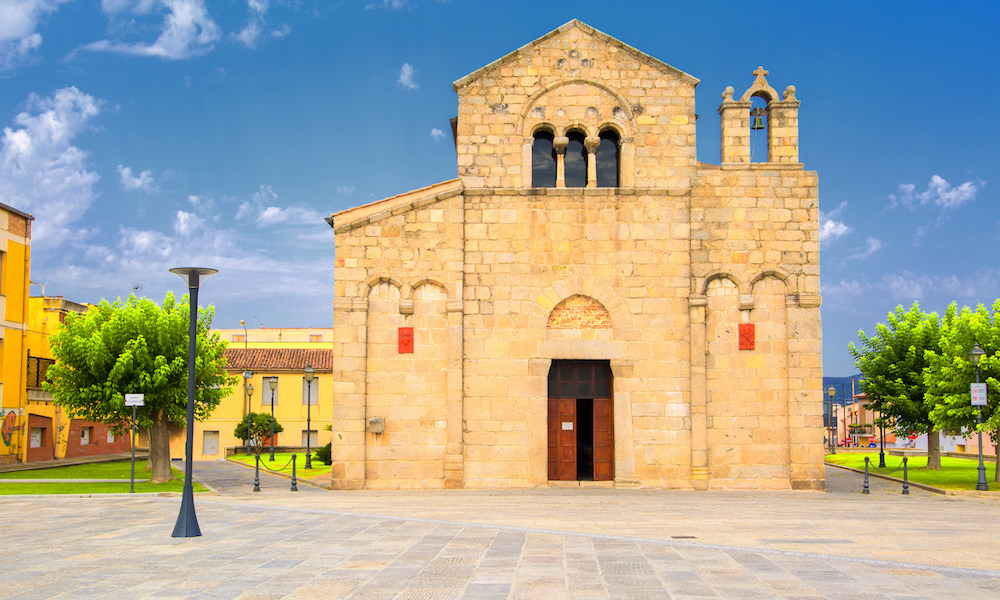
There are several religious events that take place in the Gallura region in Sardinia throughout the year.
Some of the most notable ones are:
- San Simplicio Festival: This festival takes place in the city of Olbia in May and is dedicated to the patron saint of the city, San Simplicio.
- Feast of Santa Maria Maddalena: This festival takes place in the town of La Maddalena on July 22nd to celebrate the town’s patron saint, Santa Maria Maddalena.
- Feast of San Giovanni Battista: This festival takes place in the town of Arzachena on June 24th and celebrates the patron saint of the town, San Giovanni Battista.
- Feast of Santa Teresa: This festival takes place in the town of Santa Teresa Gallura in October and celebrates the patron saint of the town, Santa Teresa di Gesù Bambino.
- Feast of San Paolo: This festival takes place in the town of Tempio Pausania in June and is dedicated to Saint Paul.
Gallura Music
The most well-known musical style from the Gallura region is the cantu a tenore, which is a type of polyphonic singing that has been recognized by UNESCO as an Intangible Cultural Heritage of Humanity. The cantu a tenore is performed by four male singers, each of whom has a distinct role in the performance: the boghe, the mesuvoche, the contra, and the bassu.
In addition to the cantu a tenore, the Gallura region is also known for other traditional musical styles, such as the launeddas, which is a type of triple-pipe reed instrument that has been played in Sardinia since ancient times. Other musical instruments commonly used in traditional Gallurese music include the guitar, the accordion, and the harmonica. The music of the Gallura region often reflects the rugged and wild nature of the landscape and the traditional way of life of its people.
Gallura Weather
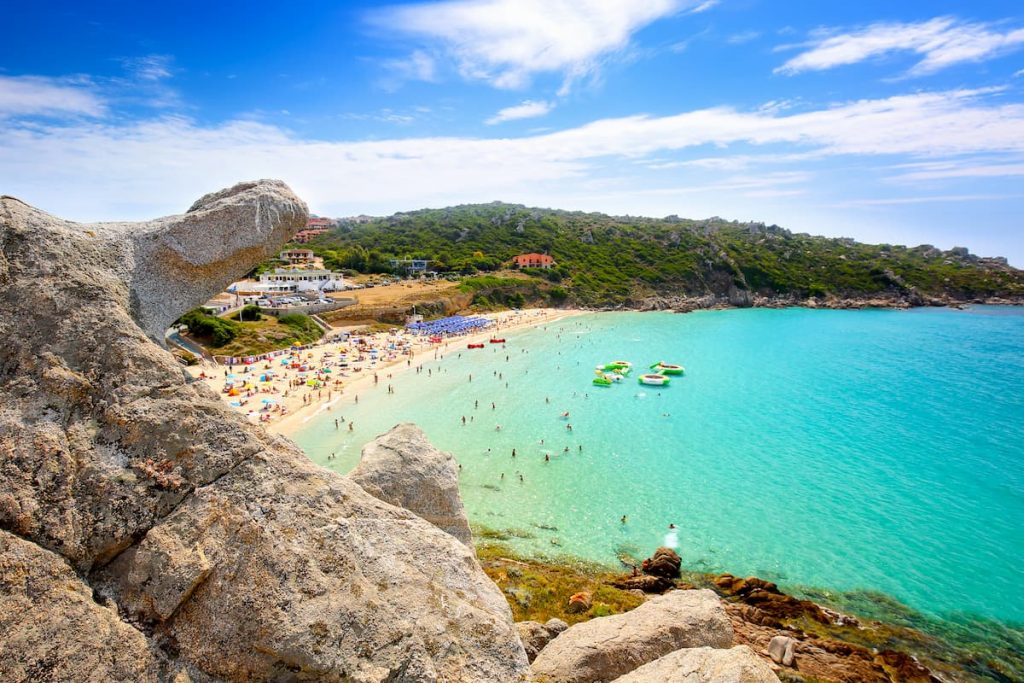
The Gallura region of Sardinia enjoys a Mediterranean climate, characterized by hot, dry summers and mild, rainy winters. The region is generally sunny and warm, with an average of 300 days of sunshine per year. However, the climate can vary depending on the specific location within the region.
In the summer months (June to September), temperatures in Gallura can reach up to 35°C (95°F), and rainfall is rare. The sea breeze and coastal location of many of the region’s towns and cities offer some respite from the heat, making it a popular destination for beachgoers.
In the winter months (December to February), temperatures in Gallura can drop to around 10°C (50°F), with more rainfall and occasional storms. The region’s hills and mountains may experience snowfall, creating a picturesque winter landscape.
Spring (March to May) and autumn (October to November) are transitional seasons, with mild temperatures and occasional rain. These seasons are a good time to explore the region’s natural beauty, as the landscape begins to bloom in the spring and the autumn colors emerge.
Overall, the weather in Gallura is generally pleasant and mild, making it a year-round destination for visitors. However, the summer months can be hot and crowded, while the winter months may be too cold for some travelers.